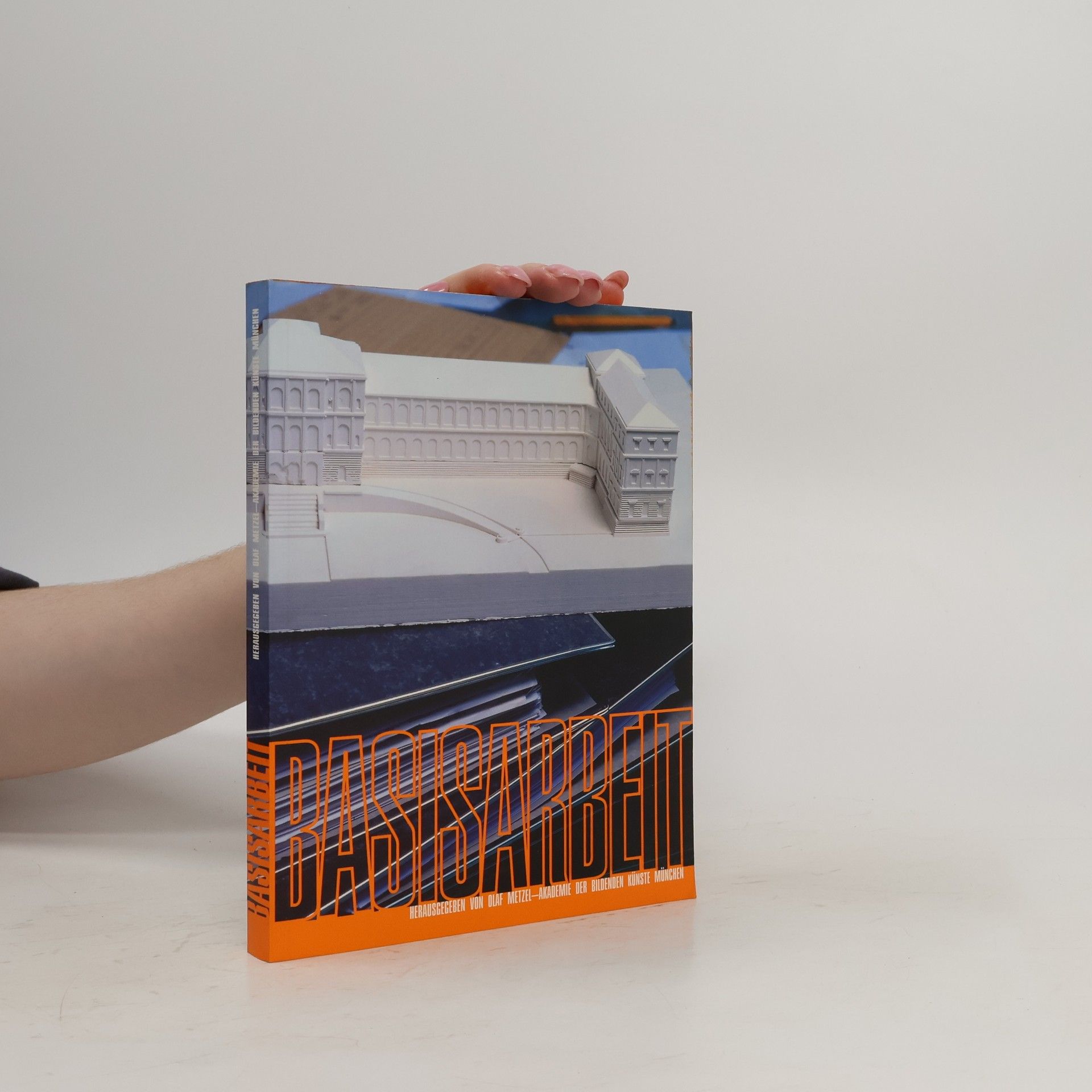Im Juli 1994 wurde die „Freitreppe“, eine Stahlkonstruktion von 15 m Höhe, im Innenhof der Zentralverwaltung des Goethe-Instituts in München aufgestellt. Olaf Metzel bedient sich in seiner Treppenskulptur dieses vielschichtigen uralten architektonischen Motivs in einer ganz speziellen Ausformung, nämlich der Wendeltreppe. Die Wendeltreppe vermittelt durch ihr spiralförmiges Ansteigen die Idee des Emporsteigens auf der Stelle, also bei geringstem Raumbedarf am deutlichsten. Es ist die Kreisform, die durch die Höhenentwicklung als Spirale sich darstellt, über die oben und unten miteinander verbunden werden. Der Kreis, ein Ring ohne Ende, die in sich geschlossene Form, ist das einleuchtende Symbol des Unendlichen. Die gleiche Bewegung des Kreises in die Höhe entwickelt, zeigt die Spirale, die damit über den Kreis hinaus Aufstieg bis hin zur Lösung von der Erdenschwere anzeigt. Die Spirale ist die evolutionäre Form des Kreises im Raum.
Olaf Metzel Knihy

